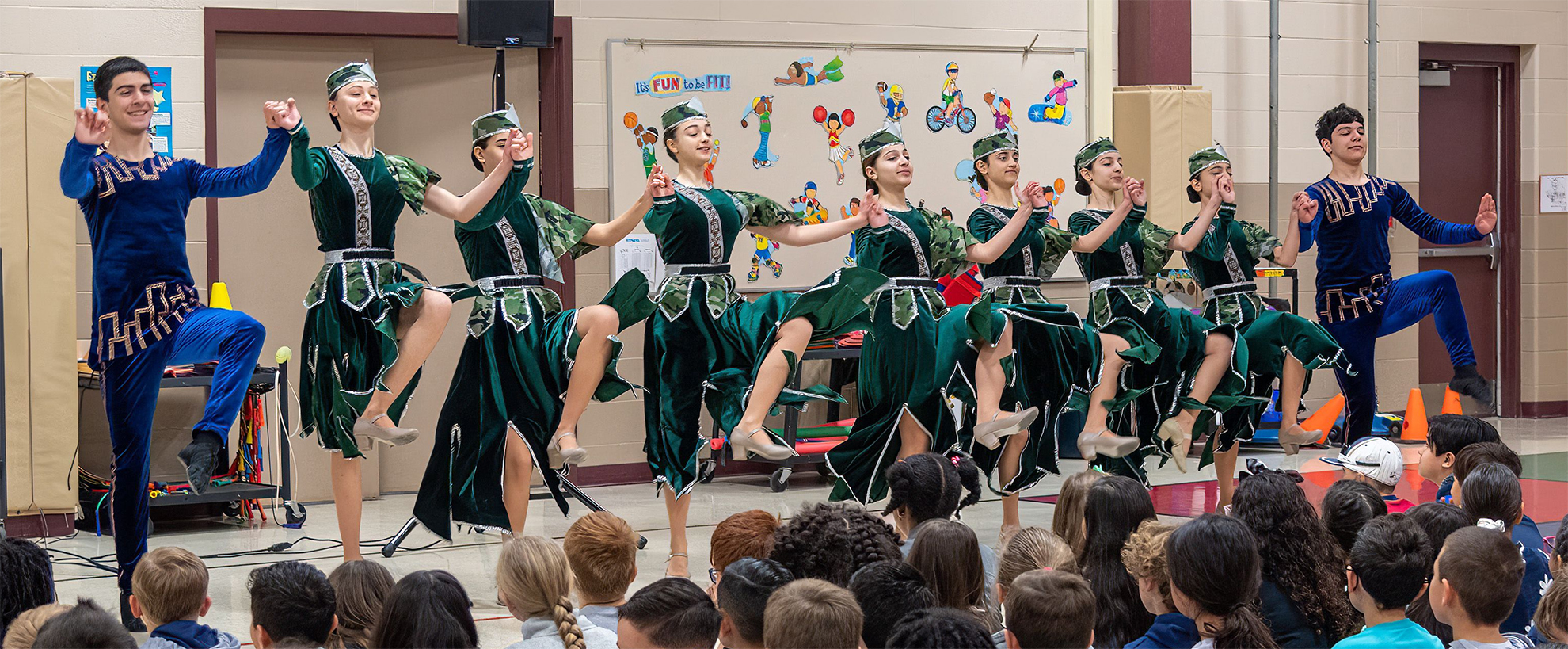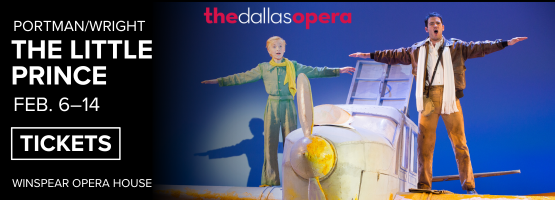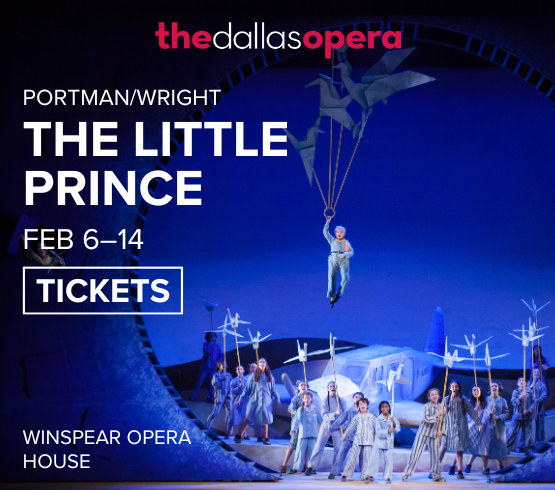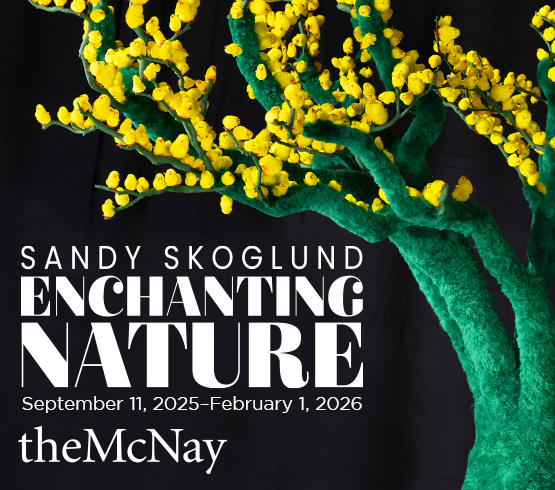The concerts, art shows and other cultural events in a city—say, San Antonio—don’t appeal just to the locals. Visitors take them in, too. Some events are attention-getting enough, even if they don’t involve Taylor Swift, that they can lure people to town especially for them. Others may catch the eyes of those who have come in for other reasons.
“Our grants support our nonprofits (for their) operations and creating programs that are accessible to visitors,” says Krystal Jones, director of San Antonio’s department of arts and culture. The ripple effects, such as the school excursions to the opera, kick in next. “When you have a number of staff members that are paid for out of grant funding,” Jones continues, “they’re (also) able to do other programs—like programs for youth.”
She points to Musical Bridges Around the World, a group whose main concerts at San Fernando Cathedral—all free of charge—embrace classical and world music. Its Musical Sprouts program sends performers into schools, where it reached 8,000 students in 2023. Then there’s the chamber ensemble Agarita, which also weaves in school performances between installments of its main series.
“I use a lot of my friends as test subjects,” Jones adds. “They’re not in the arts industry. I bring them to events with me, and I use them as my case studies. If I look at their faces and see that they’re really moved— “Oh my god, I didn’t know classical music could be this cool!”—the (concert’s) mission is fulfilled.”
Agarita, Musical Bridges and Opera San Antonio are among the 38 groups benefiting from the city’s main grants program, which gave out $4.4 million in 2024. It takes a different approach from many programs elsewhere—which typically support a single exhibition or event
“There are a lot of funders who say, ‘OK, create a new project,’” Jones says. An arts group may hear that and think: What if we don’t have the staff to create and promote something new? “A lot of nonprofits often express that they wish more funders would give funding for staff or administrative abilities,” Jones continues. “That’s where we come in—to ensure that there’s some longevity and sustainability with our organizations.”
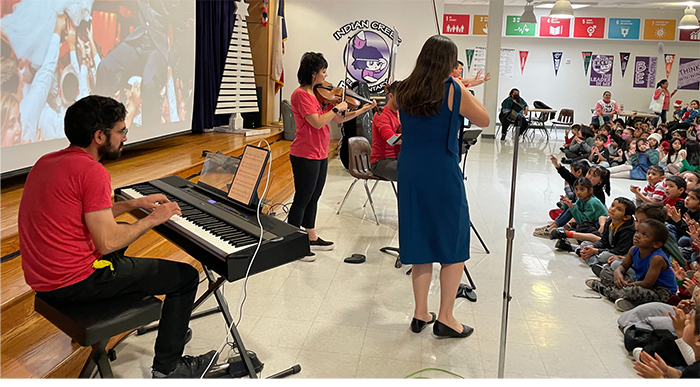
1 ⁄4
Agarita Inspires! interactive Educational Shows. Photo courtesy of Agarita.
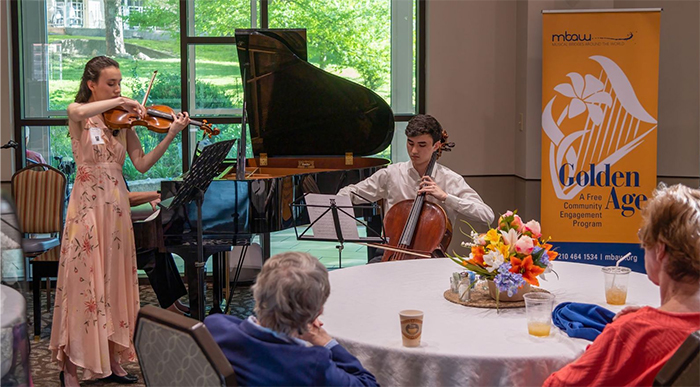
2⁄4
Violinist and cellist Emily and Matthew Averyt perform for seniors at the Village at the Incarnate Word, as part of MBAW’s Golden Age program. Photo by Robert Michaelson.
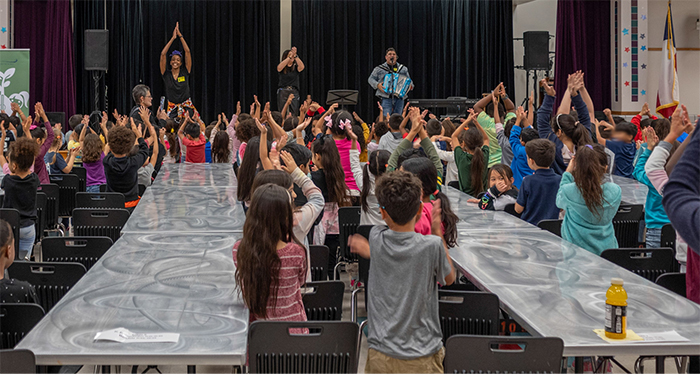
3 ⁄4
Sister Cities program at Kriewald Elementary. Photo by Robert Michaelson.
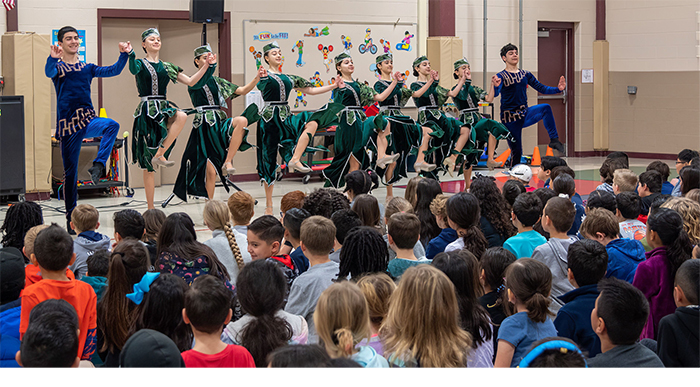
4 ⁄4
Leon Spring Elementary students join Armenian group ARMFOLK to dance together onstage. Photo by Robert Michaelson.
San Antonio’s arts and culture department manages an array of other programs, some funded for by the fees that Ticketmaster pays for operating at the Alamodome and other city-owned venues. It offers support for, among other beneficiaries, individual artists; arts groups whose facilities need maintenance; and nonprofits that stage cultural festivals and such. Jones’ staff also handles the permitting for film and TV productions—such as Taylor Sheridan’s Yellowstone prequel 1923, which has filmed in various locations around town.
“You’re going to have a great art walk all through the downtown area around Commerce and Houston streets, taking you all the way from the Riverwalk near our convention center to Market Square,” Jones says. “It’s going to be filled with art along that path.”
-STEVEN BROWN

